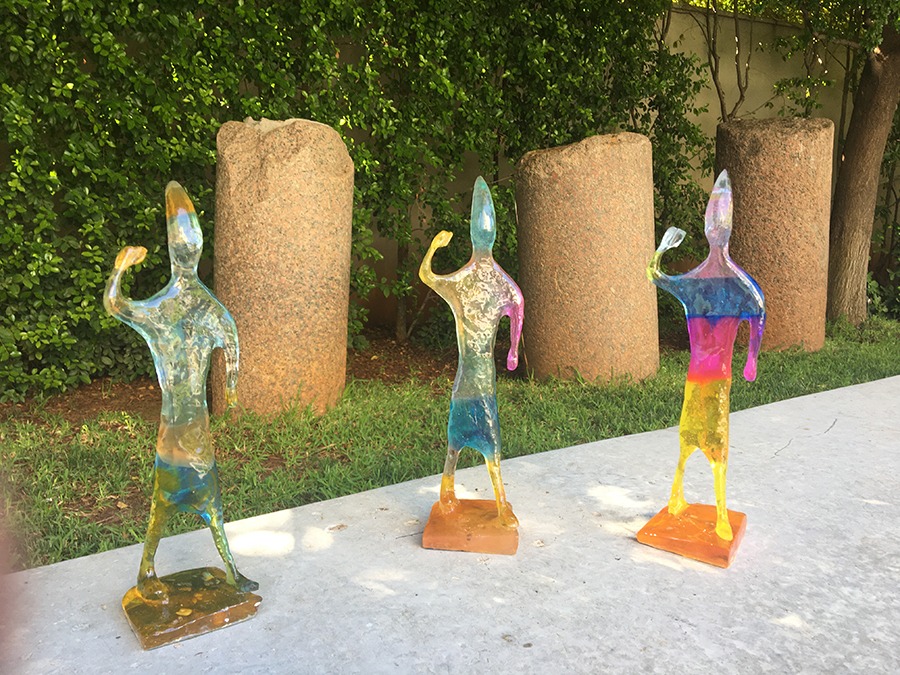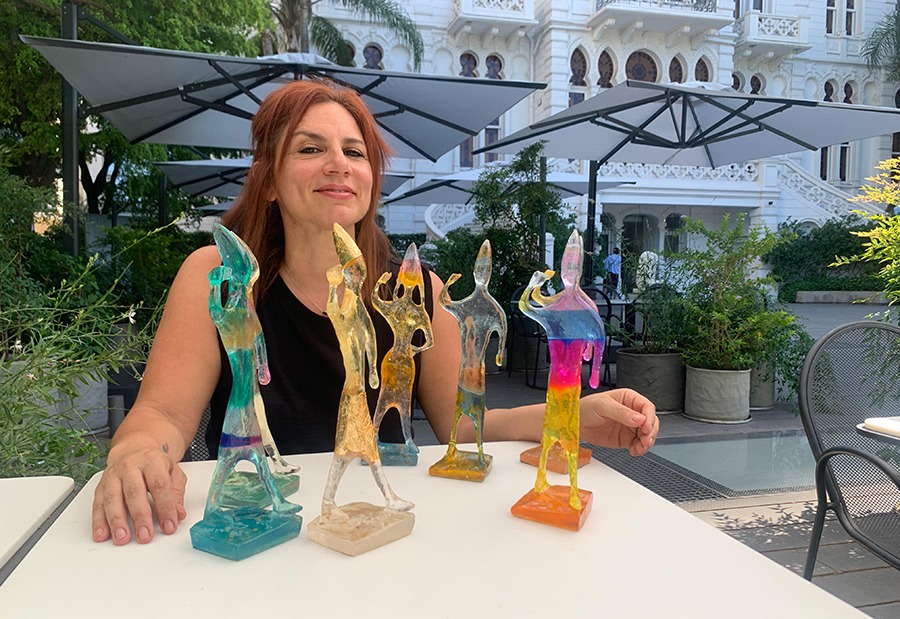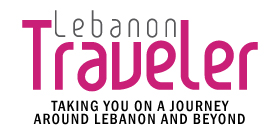In the heart of Beirut, Patricia Tohmé — known artistically as Patoo — is crafting a powerful visual dialogue between past and present. Through the art of sculpture, her work explores forgotten identities and ancient divinities, particularly those linked to Lebanese heritage.

“My work is about the forgotten common identity of this world, the Lebanese identity in particular,” she says. Her inspiration comes from the antique artifacts and mythologies of ancient civilizations. In her hands, these divine figures are not just revived but reinterpreted to reflect today’s surreal Lebanon, a country suspended between destruction and renewal.
One of her most emblematic creations is a modern reinterpretation of Baal, the ancient Canaanite god of thunder. Traditionally represented in bronze and gold holding elemental power, Patoo’s Baal is cast in resin (a nod to Phoenician glass craftsmanship) and holds a cell phone, a contemporary tool of communication. Inside the sculpture is wheat collected from the site of the Beirut port explosion on 4 August 2020. It’s a powerful symbol of loss, continuity and rebirth.
Indeed, Patoo’s reinterpretation of Lebanese identity often centers on the theme of communication. “The Canaanites, our ancestors, were peaceful globalists and masters of communication. They were inventors of the alphabet and great travelers,” she explains.
Today, modern Lebanon is living through a different kind of communication revolution, and this is a story she’s eager to tell. Her 2021 exhibition, “Allô, Waynak” (“Hello, where are you?”), echoes this idea, a phrase synonymous with the uncertainty and chaos of wartime but also a longing to reconnect.
For Patoo, memory is not nostalgia; it’s a tool for transformation. “Knowing the past is foreseeing what will happen because life is a cycle,” she says. “Lebanon is a diverse microcosm, the navel of the world, and a message of hope for humanity.”
Intriguingly, Patoo’s artistic path was unconventional. Though she studied electrical engineering and has an MBA, she later pursued three years of plastic arts at the Lebanese University. Under the mentorship of the late artist Guvder, she discovered her true voice in sculpture, drawing and lamp design.

In 2020, she realized a long-held dream by recreating the local goddess Ashtarout (Astarté) during an artistic residency in Vidauban, France, followed by another in Marseille. Her sculptures have since traveled across Lebanon and Europe, with exhibitions at Zico House, Elsie Braidy Art Gallery, Arthaus and more.
Today, her works can be found in the museum shops of Sursock, Nabu and AUB, as well as HHD Gallery in Beirut’s historic Abdel Wahab El Inglizi Street.
If you enjoyed reading this, check out our interview with artist Ghazi Baker.
Loading
